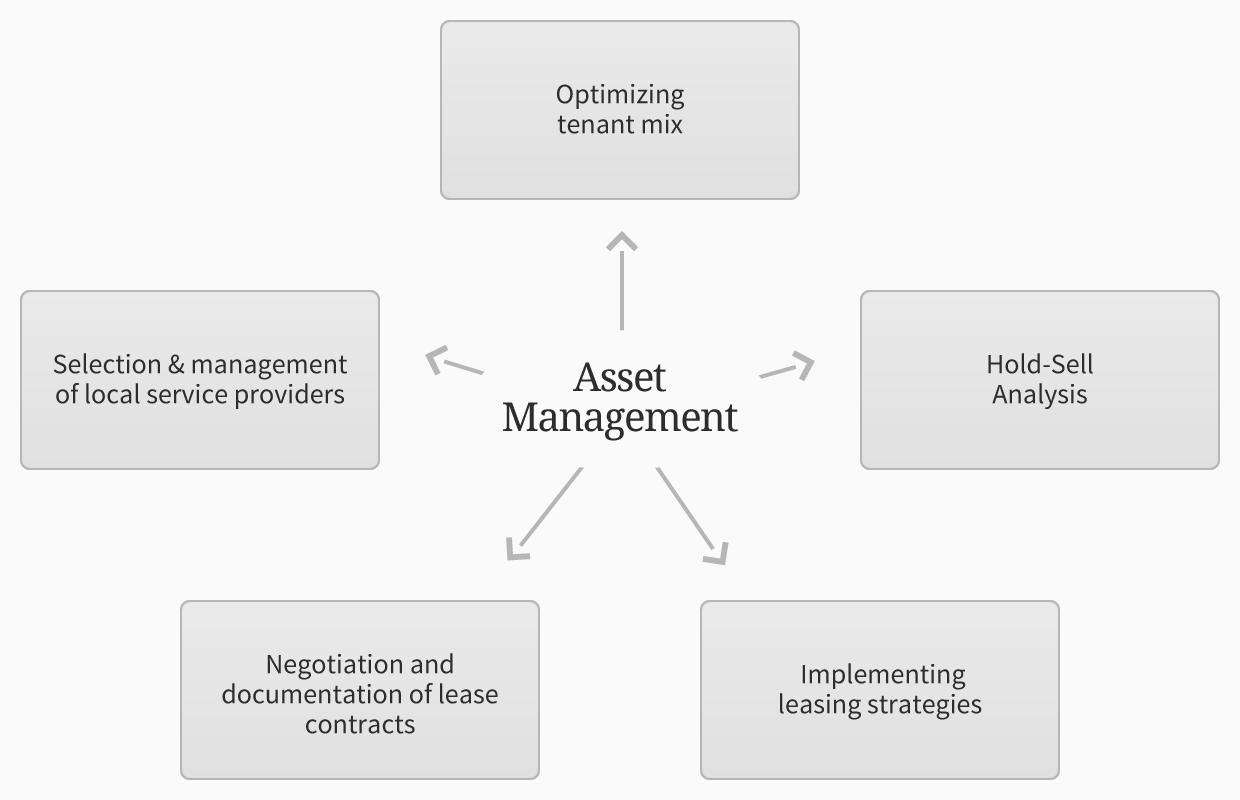
Spring house maintenance should be an integral part of your home's health and functionality. It's a great opportunity to clean out clutter and get rid if unwanted items. You can also make minor repairs like replacing a damaged window or fixing a leaky tap. You can complete all these tasks quickly by following a checklist.
Before the summer months, you should check your programmable thermostat. This will ensure that you're not wasting money on electricity. You should also clean your filters. This will reduce your air conditioner costs. You'll save more energy if your dryer and air conditioner are efficient.
Also, make sure to inspect your fireplace. Winter can cause chimney damage, especially if the fireplace is in a wooded environment. You might consider installing a solar-powered system if you are interested in saving money. It will help reduce your electric bill and keep your home cool during warmer months.

Another important spring house maintenance task is cleaning your gutters. Clean gutters will prevent potential water damage from occurring by keeping them clean. To help you do this, hire a plumber or a company that specializes in cleaning drainage.
It is a must-do spring house maintenance task to remove any loose paint or trim. While this can be a time-consuming chore, it will give you a better-looking house in the long run.
A professional delivery man can be hired to clear your gutters. You can also have them remove any winter-accumulated dirt or paint.
The spring house maintenance checklist includes another item: checking the roof for any signs of damage. This important detail is often overlooked by homeowners. Even if the repairs have been completed, it's important to perform an inspection. Some of the most common roof repair jobs include repairing or replacing shingles, adjusting ventilation or vent covers, and inspecting the flashing and soffit.

Aside from checking your roof, you should also perform other spring house maintenance tasks such as checking your gutters and drains. They are important parts of your home that can cause serious problems if not taken care of.
Also, you should consider having your home insured. It will not only protect you against costly repairs but also prevent you from being sued for theft and damage. Once you've evaluated your coverage needs, you can change your policy to one that suits your home.
Finally, you should inspect your fence. Most burglars believe that a well-built fence acts as a deterrent. You need to look out for cracks, holes and rot. If you notice any of these things, you should fix them immediately. In spring, fences are a good visual indicator of your backyard.
FAQ
Where are handymen?
There are thousands and thousands of handymen throughout the U.S. But almost none of them started their career as contractors. The majority of handymen started their careers as tradesmen and learned how to complete apprenticeships. These individuals are highly skilled and possess a wealth knowledge which can make them valuable assets to any business.
Is it worth paying more for professional handyman service?
This will depend on the type and scope of your project. A professional handyman service will be helpful if you have a complicated project such as an office remodel.
How can I find a reliable handyman?
Before you hire a handyman, make sure to check their references. Ask family and friends who have worked with him or her before. Check out the internet for reviews. Handymen can post reviews on a variety of sites.
Statistics
- With a strong housing market, the handyman and general maintenance worker industry are expected to grow by nearly 10% in the next decade. (housecallpro.com)
- An estimate was that in 2003, the market for home maintenance and repair spending was up 14% 2001 to 2003. (en.wikipedia.org)
- A franchise was approximately $110,000 with a franchise fee of $14,900, according to a spokesperson for a national handyman franchise. (en.wikipedia.org)
- Mila keeps a commission of 20% for each completed service performed by Friends and charges various service fees regarding work done by Pros. (appjobs.com)
- According to the U.S. Bureau of Labor Statistics, in May 2020, there are 1,357,630 handymen employed in the U.S.. (angi.com)
External Links
How To
How to Replacing a Broken Tile
Step 1: Take away the old tiles.
You can remove the old tiles from your floor and save them. If you intend to use them, you will want to keep them intact. If they're damaged or missing pieces, note which ones they were so you don't run into problems finding replacements.
Step 2 - Choose New Tiles
Take a look at some different options available for tile replacement.
-
You should find a similar tile to the one that you've just taken out.
-
To match a tile, you can use the measurements you took after removing it. This makes it easier to get the right size without having to measure again.
-
Be open to different colors, patterns or textures.
-
Consider what grout you prefer to use. Some people like a consistent color while others prefer mixing it.
-
Choose a tile that resists moisture.
-
The final thing to consider is the location of the tile. It will save you time and money if you make sure there's enough space for the proper installation.
-
Once you've picked your tile, place an order online or call your local Lowe's location to place it.
Step 3 - Place the tiles.
For your new tiles, use the same method that you used to install them. Be careful to align them properly so they fit together perfectly.
Step 4 – Clean up
Clean up any debris on the floor before you apply the last layer of protective material.
This will keep dust and dirt from getting into the grout between tiles, which could lead to mold.
Step 5 -- Sand the Floor
After you have cleaned everything, sand the floor to remove any particles that were left from the previous step.
Step 6 – Finish Off
Once the floor is smooth, apply the protective coatings. Wait until the floor is completely smooth before applying the protective coatings to the tiles. Wet paint could stain the tiles' surface.
For stain protection, you can always use a product called "damp&dry" to clean your floors.
It will not address all problems that may arise once your tiles have been installed. An anti-slip coating can be added to the protective layer for children who are often running around.
Finally, do not forget to keep the protective sealer on for several more weeks before you move back into your home.